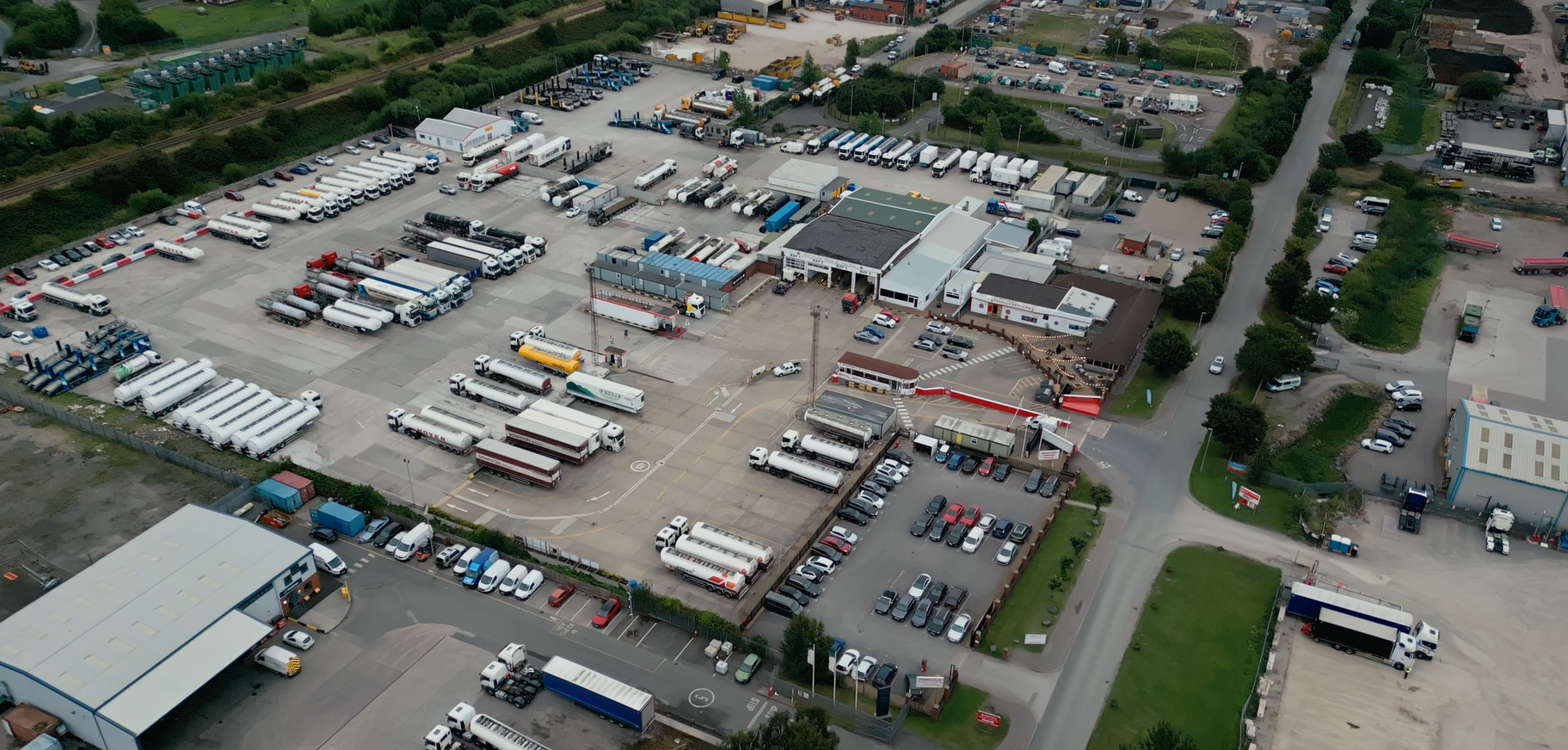
Miranda Blake
The road ahead for 2025: Truck industry trends to expect
Created: 02/01/2025
•
Updated: 02/01/2025
From general driver unhappiness to the recent driver CPC changes to delays to the EU entry/exit system, 2024 has been a whirlwind for the logistics industry. And there’s plenty on the horizon for 2025 – here we explore the trends expected to shape the sector.
Embracing all the advantages of AI
It's anticipated that automation will play a key role in the year ahead. There will be developments in autonomous vehicle technology, transportation management systems, and electronic logging devices – resulting in more adoption and considerable changes within the industry.
Plus, an increase in AI usage for route optimisation, predictive maintenance, and fleet management is on the cards. This will trigger better results such as improved operational efficiency and reduced costs. The Internet of Things (IoT) and machine learning will be particularly valuable, being utilised to foresee equipment malfunctions, which will curtail downtime.
On a similar note, telematics will share valuable live data related to vehicle performance, driver behaviour, and cargo status – leading to better safety and compliance.
Tackling the gender gap and driver shortage
Attracting more female truckers is a way to deal with the lack of drivers. Employers could provide a wider range of roles, introduce training programmes and policies that would benefit women, and make the working environment more inclusive. With the latter, ideas include mentoring or working patterns that better suit the lives of truckers (like day shifts and covering circular routes to support those with family commitments).
However, discussion on the SNAP Facebook page revealed both male and female drivers need change. While some pointed out that certain things could be better for women (for instance, one remarked that 90% of depot facilities don’t have sanitary bins), there were many comments about the overall employee package and truck stop amenities:
“Men need better support for childcare. If they did then it wouldn't be pushed onto women to be the ‘drain’ on the workforce when it comes to their children's sickness or priorities. Facilities are shocking for both sexes.”
“Improve conditions and facilities for ALL drivers and you'll see more people come into the industry, both male and female.”
And so, companies should look at how to entice and retain their entire workforce. They may offer better compensation, working conditions, and opportunities for development. Likewise, they can implement training to ensure people have all the right capabilities – for now and the future.

Promoting a greener industry
Another core focus will be sustainability – especially due to increasingly stricter environmental laws, the move towards net zero, and skyrocketing fuel prices.
Alternate fuel vehicles didn’t meet expectations in 2024, so it’s anticipated that while innovation in this area will still happen, there will be more of a shift towards focusing on how fleets can boost operational efficiency (for example, by using technology, data, and AI to reduce wasted time). Companies will also look to build greener supply chains by working with more eco-friendly suppliers and carriers.
Similarly, the move to electric trucks is on the rise – there will be more of a rollout of EV charge points in truck parks this year. However, fleet companies face barriers such as substantial upfront costs and an insufficient amount of charging infrastructure.
Increasing long-distance freight
Lastly, there’s a predicted surge in air and ocean cargo, which will have a knock-on effect on the trucking industry. This is only heightened by global supply chains becoming more and more interconnected.
As a result, there will be a rise in long-distance freight – making it even more important that drivers have adequate breaks at safe truck stops. And this is where SNAP can help.
Our intruck app has over 800 sites available across Europe, including in Austria, Bulgaria, Czechia, Greece, Hungary, Italy, and Romania. We help make fleet management simple and ensure both operators and truckers can adhere to the Drivers’ Working Time Directive in 2025 and beyond.
To learn more, get in touch with our team on +44 (0)1603 777242.



